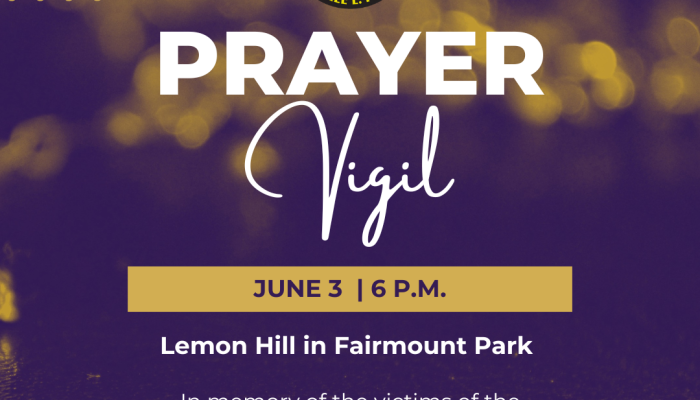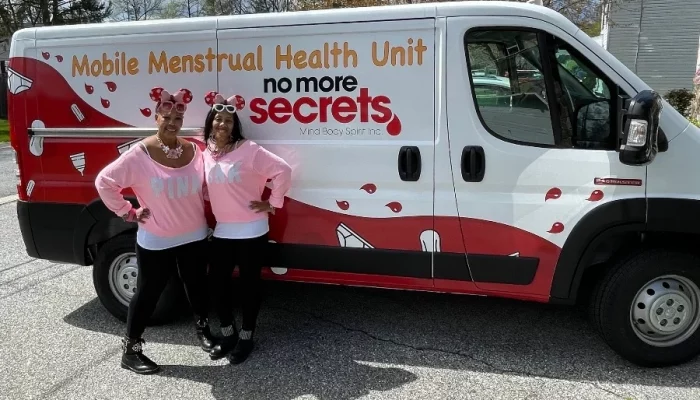by Alexandra Lenihan, Office of Domestic Violence Strategies, and Jovida Hill, Mayor’s Office of Engagement for Women
According to RAINN, 1 in 6 women will be a victim of rape in her lifetime. National surveys indicate that sexual assault happens not only to heterosexual women, but also to lesbians, trans women, and non-binary people.
April is Sexual Assault Awareness Month (SAAM). Sexual assault is when any sexual act occurs without explicit consent from a victim. Here, we’ll home in on one vital key: Consent.
Consent: What is it?
In short, consent is an enthusiastic “yes.” Consent must be given freely and is reversible at any time. That “yes” is not always verbal, and the absence of a “no” does not mean yes. Let’s talk about how to get consent, and how to know you have it.
Ask
The clearest way to know if you have consent is to ask.
You can ask:
- “Do you want to have sex?”
- “Do you want to [do X activity]?”
- “Can I [do X thing]?”
- “What do you want to do?”
- “Are you comfortable with [doing X activity]?”
These questions clear up any uncertainty. And they don’t just apply to in-person encounters. They should also be asked when you’re engaging in sexual way online or on the phone.
Non-verbal “no”s and “yes”s
Verbal “yes” or not, there are other ways to know if you do or do not have consent. If a person is extremely intoxicated, your subordinate, or underage, consent is not possible. Body language and tone of voice are other ways to tell.
Ask yourself:
- “Does my partner seem uncomfortable?”
- “Is my partner’s body tense?”
- “Is my partner not kissing me back?”
- “Is my partner leaning away from me?”
- “Is my partner using an unusual or uncharacteristic tone of voice?”
If the answer is “yes” to any of those questions, you do not have consent. Check in with your partner.
Mixed messages
If you feel like learning about real consent is rewiring your brain a little, you’re not alone. We get mixed messages about consent from the time we are young. Sleeping Beauty got kissed while she was literally asleep. There’s no consent there. Romantic comedies are perhaps the guiltiest of culprits. Kissing someone while they’re in the middle of talking comes to mind. Or a boss relentlessly pursuing their subordinate. There’s no consent in either case.
Learning consent early
Consent applies to lessons about personal space and choice. So, we can learn and teach about it from a very young age. For example, when meeting up with family members, you can say to your child: “Do you want to give Aunt Sarah a hug?” Or give your child options: “Do you want to give Aunt Sarah a hug, high five, or wave?” Your child gets to opt in every time. Whatever your child chooses, respect their choice. Practicing consent early helps children build an expectation that their “no” matters.
Remember that consent can always be taken back. If someone changes their answer from “yes” to “no” before or during the sexual encounter, there is no longer consent, and you need to respect that decision
What you can do
Need to talk to someone? The WOAR Philadelphia Center Against Sexual Violence 24-hour hotline is 215-985-3333.
Attend upcoming 2022 SAAM events with WOAR.
Learn about consent from RAINN
Watch this video about talking to kids about consent from Safe Secure Kids
Learn about the Office of Domestic Violence Strategies, which helps the City’s Health and Human Service agencies improve their response to domestic violence, sexual assault, and gender-based violence through training, policy development, and partnerships with community agencies.
Learn about the Philadelphia Commission for Women, which works to improve the lives of women and girls in Philadelphia by advising City government on public policy matters and hosting forums on topics that impact women.




